The Head Start Program: Conservation of the Loggerhead Sea Turtle
Everyone has heard the story of hatchling sea turtles; tiny hatchlings escaping their eggs and making a mad dash for the water, rushing to get past crabs, birds, raccoons and a host of other predators. They hit the surf, only to be greeted by aquatic predators hoping for an easy meal. Their tiny size, roughly 20 grams at birth, makes them an easy prey, and all sorts of animals eat as many as they can catch. To overcome these challenges, sea turtles lay over one hundred eggs in each nest, and though most will not survive due to predation and other natural causes, their sheer numbers will guarantee at least a few live to adulthood. This “strategy” sounds incredibly bleak for the turtles, but this system has successfully kept sea turtles around since the Jurassic era!
Humans have put a lot of addition stress on turtles, in some cases more than they can handle. Turtles are poached all over the world; their meat considered a delicacy and their shells used to make products like jewelry. They get caught in fishing nets and drown when unable to reach the surface to breathe. Sea turtles will accidentally eat all kinds of trash that ends up in the ocean, causing choking or poisonous build-up in their bodies. Hatchlings have it no easier. Nests are easily destroyed by human activity, and the pets people own are yet another predator to contend with. City lights confuse young turtles, drawing them further inland rather than out to sea. And each year, many tourists take home young turtles to keep as ill-advised “pets”. Due to the increased stresses, roughly only 1 in 1,000 sea turtles will survive to adulthood.
To combat these many challenges, the North Carolina Aquarium began the Loggerhead Sea Turtle Head Start Program. Focusing on protecting Carolina native loggerhead turtles, once plentiful along the east coast and Chesapeake Bay, the program sought to increase the likelihood that young turtles would survive long enough to make it on their own. This was not the first head start program; several other programs, aimed at protecting several species of marine turtles, have been active since the 1950’s, and have shown high levels of success.
The head start process begins during nesting season. Active nests are marked and protected, to be sure they aren’t destroyed by beach activity or poachers.
When the eggs hatch and the young turtles make a break for the water, observers stand by to protect the young from predators, greatly increasing the number that make it to the water. For the most part, besides providing protection, the process is hands-off, allowing the healthy turtles to make their own way to the way to the water. Hatchlings that appear weak, disoriented or otherwise compromised are collected and taken into the head start programs. These turtles are the young that would have almost certainly perished without assistance.
The young turtles are taken to local aquariums to be raised. Some may be in captivity for several months, while others may stay for years in preparation for their release. Many facilities and aquariums around the country will get these animals on loan, able to show them off on exhibit for a year or two before the animal is eventually released back into the wild, and the facility takes on a new loan animal. Care-takers at these institutions will monitor their sea turtles to make sure that they are growing steadily enough to be able to survive on their own. Eventually, these turtles, some now weighing over 100 lbs, are released back into the Chesapeake Bay; their large size now protects them from most natural predators and significantly increases their chances for survival. Many of these turtles will be tagged with temporary satellite tags, and can be publicly tracked online for research purposes. The glue holding the transmitters on deteriorates over time, and the tag falls off after about 6 months.
Thanks to the Loggerhead Head Start Program and others like it, humans are finally making a positive impact on marine turtle species. With their help, turtle populations around the country have seen populations trending towards significant growth. The public outreach and education has spread awareness across the coasts, and efforts are being made to protect these species. Fortunately, thanks to positive action, it looks like sea turtles will still be around for a while yet!
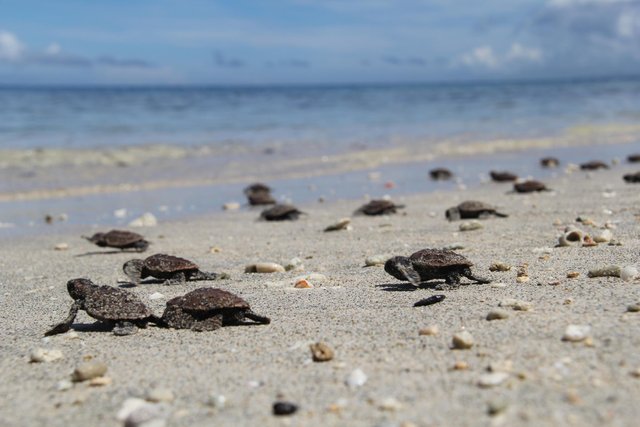
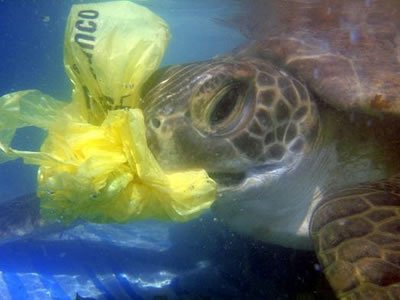
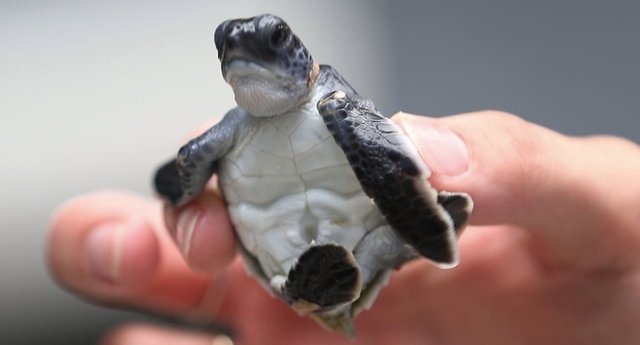
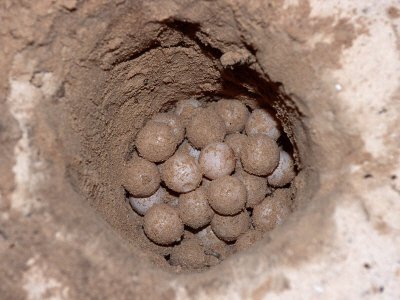

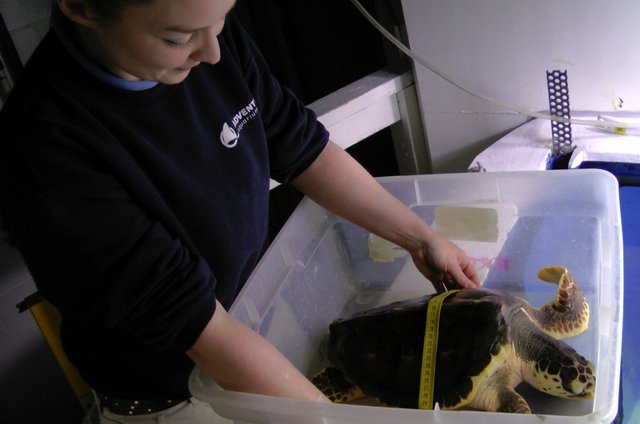
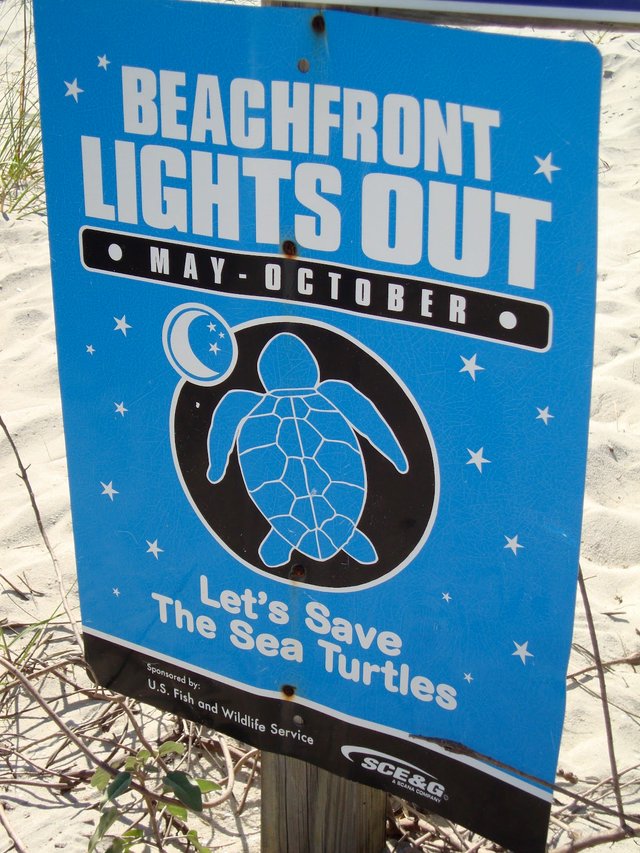
I love turtles, thanks for sharing!
I love turtle and the help of the Loggerhead programme will help to ensure we don't loose them. Also educating Asia to stop making Turtle Soup would be good too!!!
Turtle agencies are working hard around the world to protect these animals. It's hard because we are going up against cultural customs, some of which are ancient traditions that people are not quick to let go of!